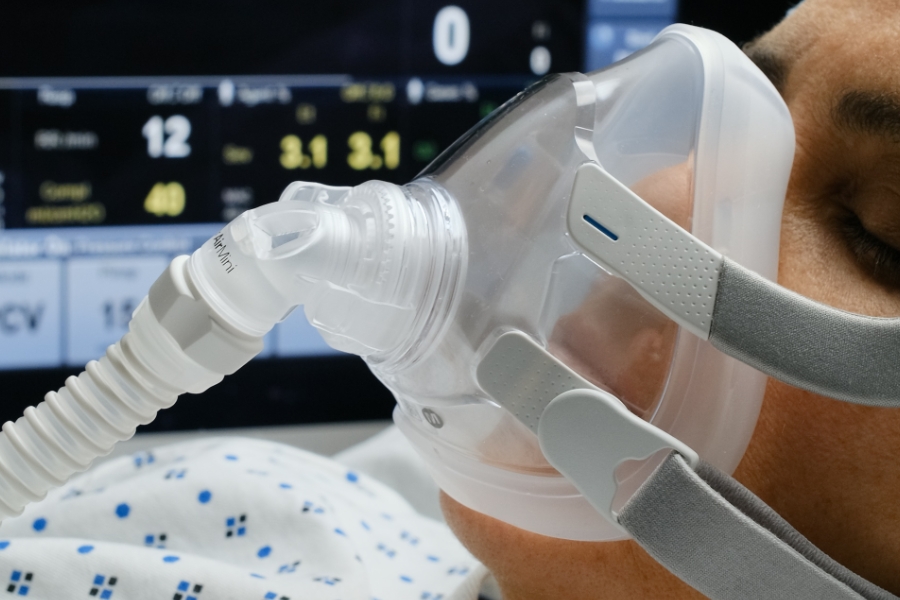Ventilators and ventilation care system is not a new concept in medical world especially it has gained much popularity after hit of pandemic. Physicians generally seek help from ventilating machines whenever any patient feels difficulty in breathing. These machines help in pumping breathable air into the lungs and also the removal of toxic carbon dioxide gas from the lungs. Though in normal conditions a short-term ventilation is efficient to normalize breathing but in the event of a critical sickness or a serious health issue it is not adequate to provide sufficient air exchange. In such critical conditions patients will require more than a simply short-term therapy rather need an ongoing care unit, long-term ventilating system.
Long-term ventilators (LTVs) are the breathing assisting machines that provide assistance with breathing for a period of more than 6 hours in a day or for more than 3 consecutive weeks. LTVs are the solution if any patient is at the risk of respiratory malfunction or failure due to any reason. However, how long patient will go for such care system is totally dependent on the severity of the patient’s condition. Though, the impacts of ventilating systems are undoubtedly miraculous but a long-term exposure to such systems can also increase the complications for the patients.
Purpose of Long-Term Ventilator Care
To decrease the load of breathing on lungs until patient is fit enough to breath normally, is the innate purpose of any ventilating system. Ventilators are supposed to help patients in case of lungs failure, serious injury and also after some major surgery.
Here are some of the general purposes of long-term ventilating machines.
Aide Support for Longer Time
Ventilators, either short-term or long-term, are meant to provide enough air to the lungs so that a person can breathe normally. These machines help patients who are not able to breathe or can’t breathe sufficiently due to any severe health condition. But short-term ventilation cannot be the solution if patient needs aide in breathing for a longer period. For such patients’ long-term ventilating care is the only possible option. LTVs provide a safe and easy mechanism for breathing for the patients who need an ongoing support for unpredictable time.
Healing from Serious Medical Conditions
There are number of medical conditions which can increase dependency of patients on artificial breathing systems. Generally, patients suffering from spinal cord injury, respiratory system failure, chronic respiratory disease or any other situation which can damage respiratory mechanism need a longer support system to breathe normally. There is no option for medical staff except to put such patients on long-term ventilation system for fast recovery and save lungs from further damage. These support systems undoubtedly bring own set of complications and severity of these problems increases with time but still this can be a good option in long run.
Ensure Stable Airways
Ventilating systems are designed to provide a complete process of oxidation including providing enough oxygen to the lungs and in return removing harmful waste products from the body. The lungs do not need to work harder during this circle of breath-in and breath-out as all mechanism is controlled by machines. Thus, the lungs find enough time to recover and start normal working again. In such way, ventilators ensure stability of airways passage and help patients in better and early recovery.


